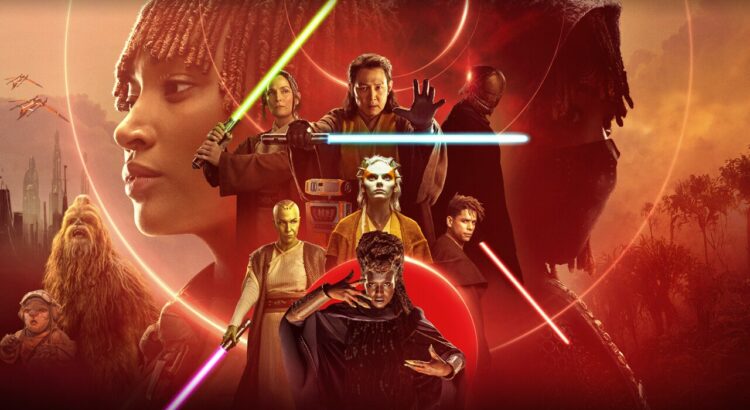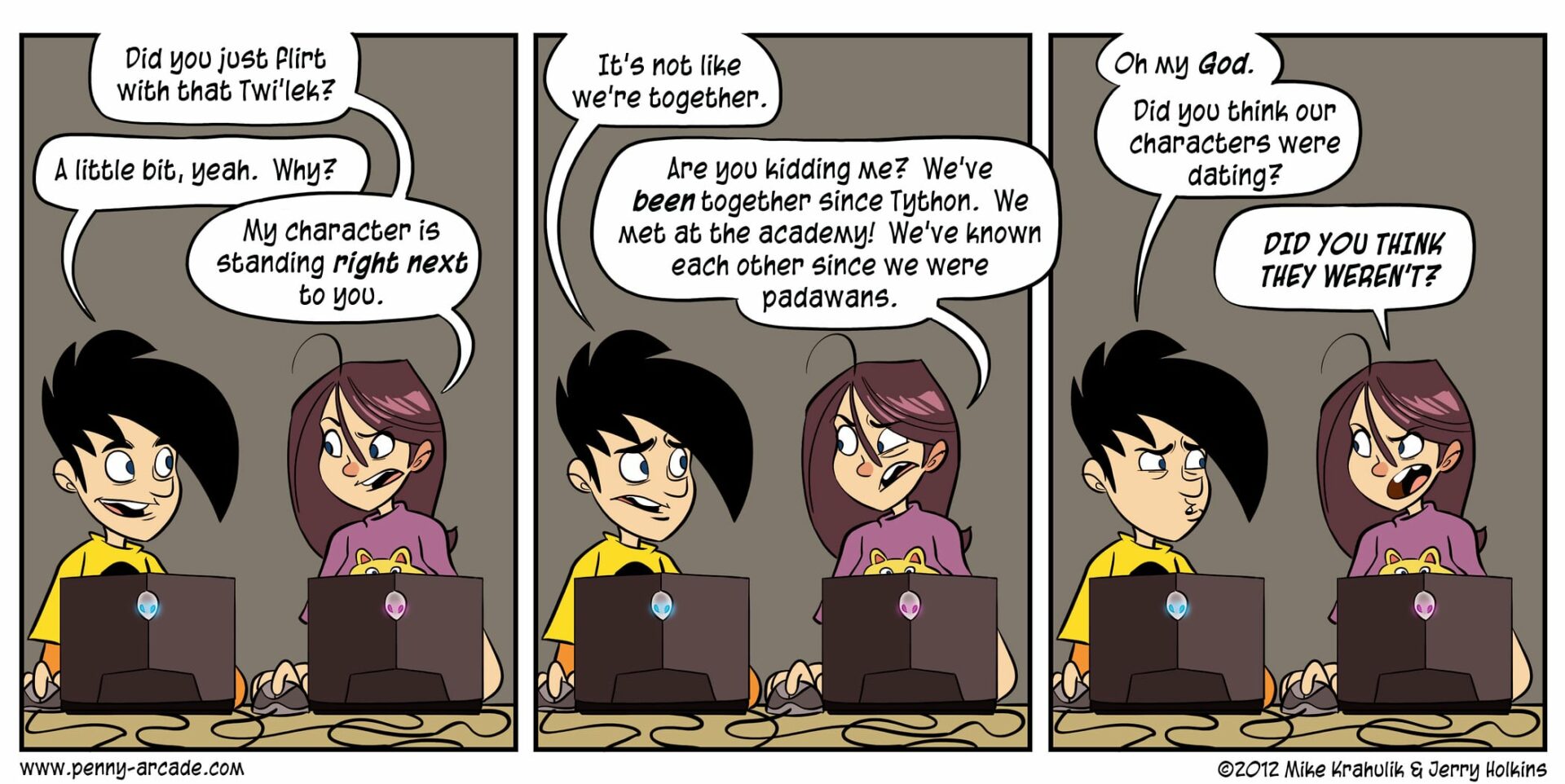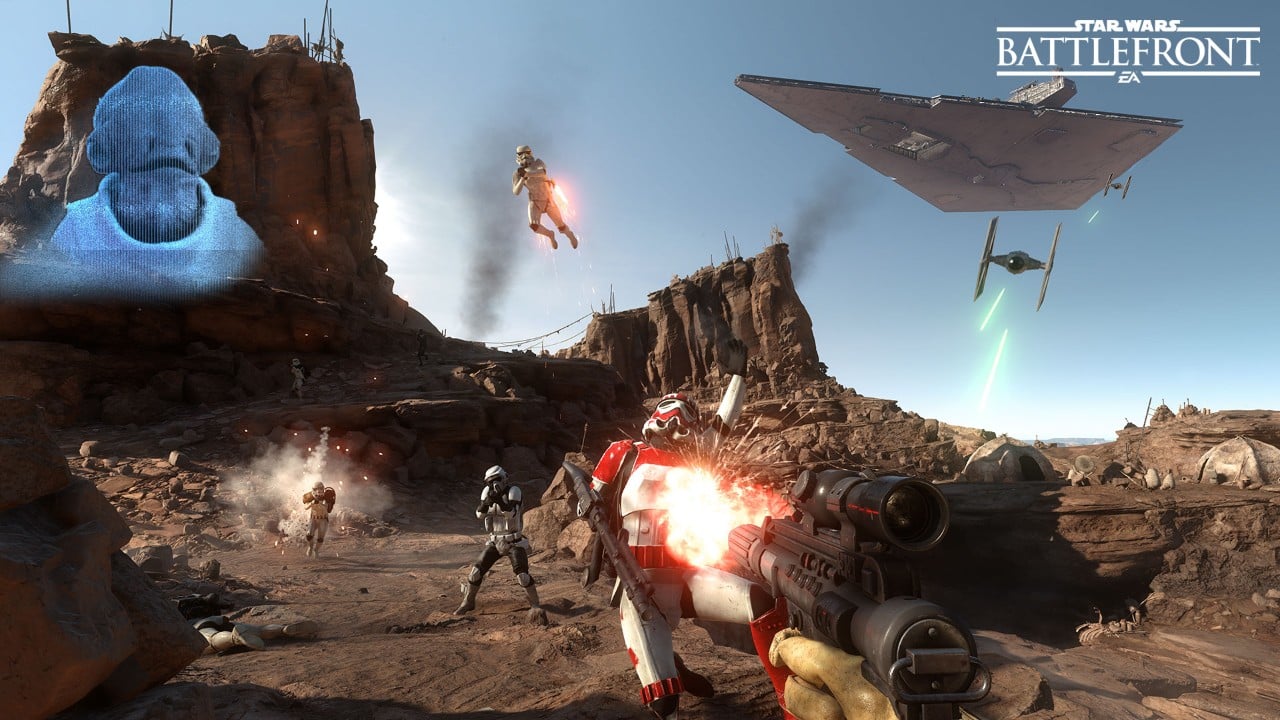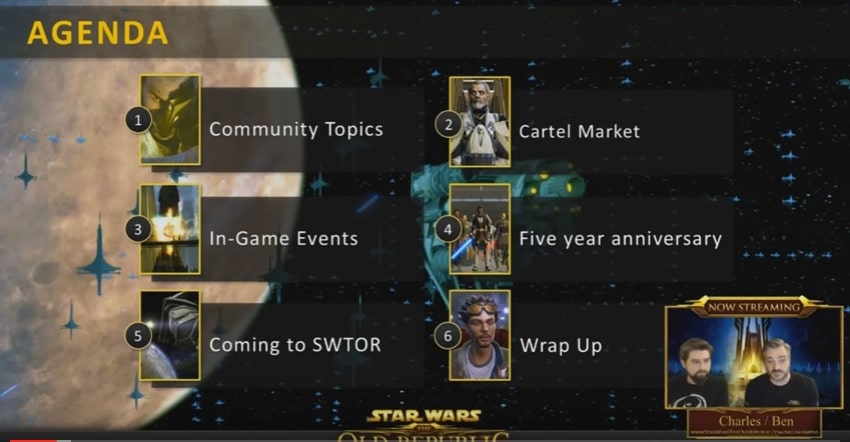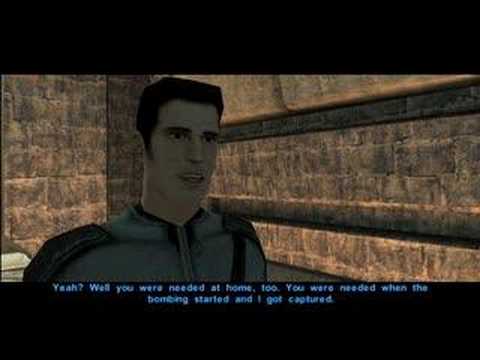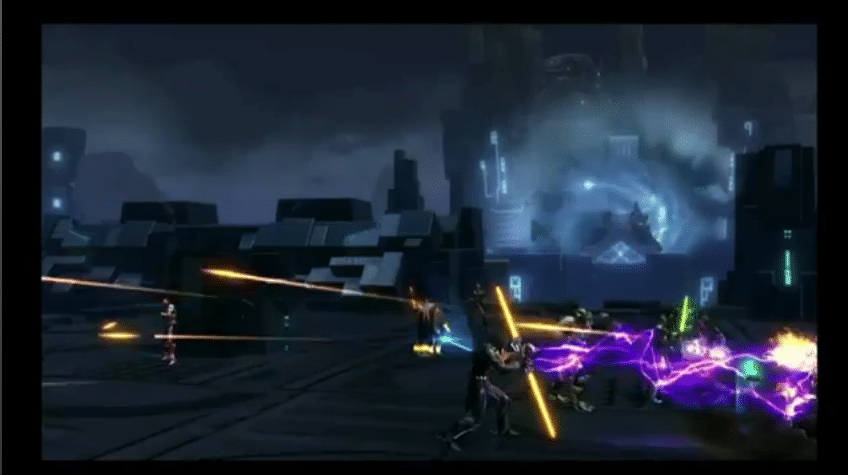When you think of the Force in Star Wars, what comes to mind? Light and dark, Jedi and Sith, good versus evil? These are the classic dichotomies introduced in the original films, but the Star Wars universe is vast and ever-evolving. The latest episode of The Acolyte, titled “Destiny,” presents a fresh perspective through the witches of Brendok, challenging everything we’ve come to accept about the Force. This essay dives deep into these new interpretations, how they mirror and diverge from traditional views, and what they mean for the future of Star Wars storytelling.
The Force: A Multifaceted Concept

The Traditional View of the Force
In the beginning, the Force was framed simply: the Light Side and the Dark Side, embodied by the Jedi and Sith. This binary perspective shaped the original trilogy and has been a cornerstone of Star Wars lore. The Jedi, guardians of peace and justice, harnessed the Light Side to protect the galaxy, while the Sith, driven by power and ambition, tapped into the Dark Side.
Evolution of the Force in the Prequels
The prequel trilogy expanded on this by introducing the concept of midi-chlorians, microscopic entities that live within all living beings and communicate the will of the Force. This scientific explanation added a layer of complexity to our understanding, showing that the Force was not just an abstract spiritual energy but also had a tangible, biological component.
The Chosen One Prophecy
Central to the prequels is the prophecy of the Chosen One, a being conceived by the Force itself to bring balance. Anakin Skywalker, discovered by Qui-Gon Jinn, was believed to be this Chosen One. His birth, without a biological father, was seen as a miracle, a divine act of the Light Side. However, the Jedi’s rigid interpretation of this prophecy and their expectations of Anakin ultimately contributed to his tragic fall to the Dark Side.
The Sith Perspective: Manipulating Life and Death
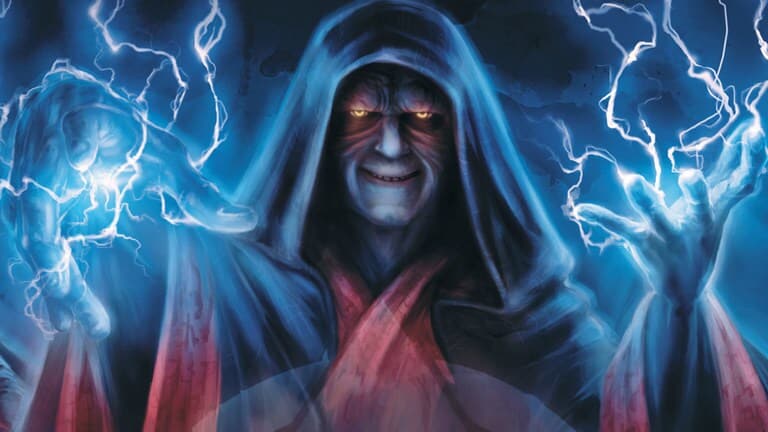
The Dark Experiments of Darth Plagueis and Palpatine
The Sith’s approach to the Force is starkly different. While the Jedi see the Force as a guide and protector, the Sith seek to dominate and manipulate it. The novel Darth Plagueis (though no longer canonical) delves into the dark experiments of Plagueis and his apprentice, Palpatine. Their goal was to manipulate midi-chlorians to extend life, heal, and even resurrect the dead. Although their attempts to create life were ultimately unsuccessful, the mere idea was considered a perversion of the Force’s natural order.
Palpatine’s Resurrection and Scientific Manipulations
In The Rise of Skywalker, Palpatine’s return showcases the Sith’s obsession with cheating death. His revival was not through mystical means but rather through scientific manipulation, transferring his spirit into a cloned body. This approach underscores the Sith’s belief in the Force as a tool to be bent to their will, contrasting sharply with the Jedi’s reverence for its natural flow.
New Interpretations: The Witches of Brendok
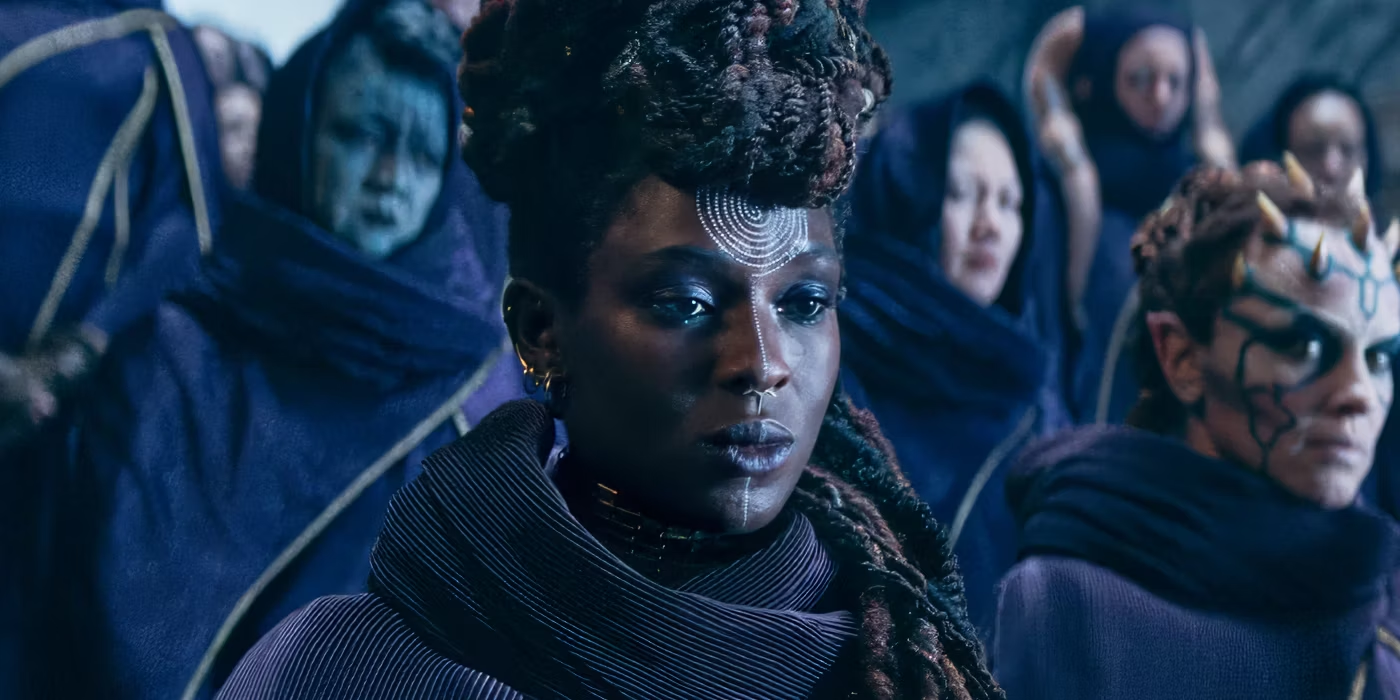
The Acolyte and the Brendok Coven
Enter The Acolyte and the witches of Brendok, who bring a new dimension to our understanding of the Force. In the episode “Destiny,” we learn about the coven’s unique beliefs and abilities. Unlike the Jedi and Sith, who see the Force in binary terms, the Brendok coven views it as a multifaceted, interactive web they call “the Thread.”
The Miracle of Osha and Mae
Osha and Mae, twins born of a virgin birth, are central to this new narrative. Their creation was not prophesied or manipulated by dark experiments but rather seen as a natural miracle within the coven’s belief system. Aniseya, their mother, used her connection to the Thread to bring them into existence, a process seen as a natural extension of the Force rather than an unnatural perversion.
Democratizing the Force
This perspective democratizes the Force, suggesting that anyone with the right connection and knowledge can influence it. It moves away from the elitist view that only the Jedi or Sith can wield the Force in significant ways. This inclusive approach allows for a broader range of stories and characters within the Star Wars universe, enriching its tapestry.
Challenging Traditional Narratives
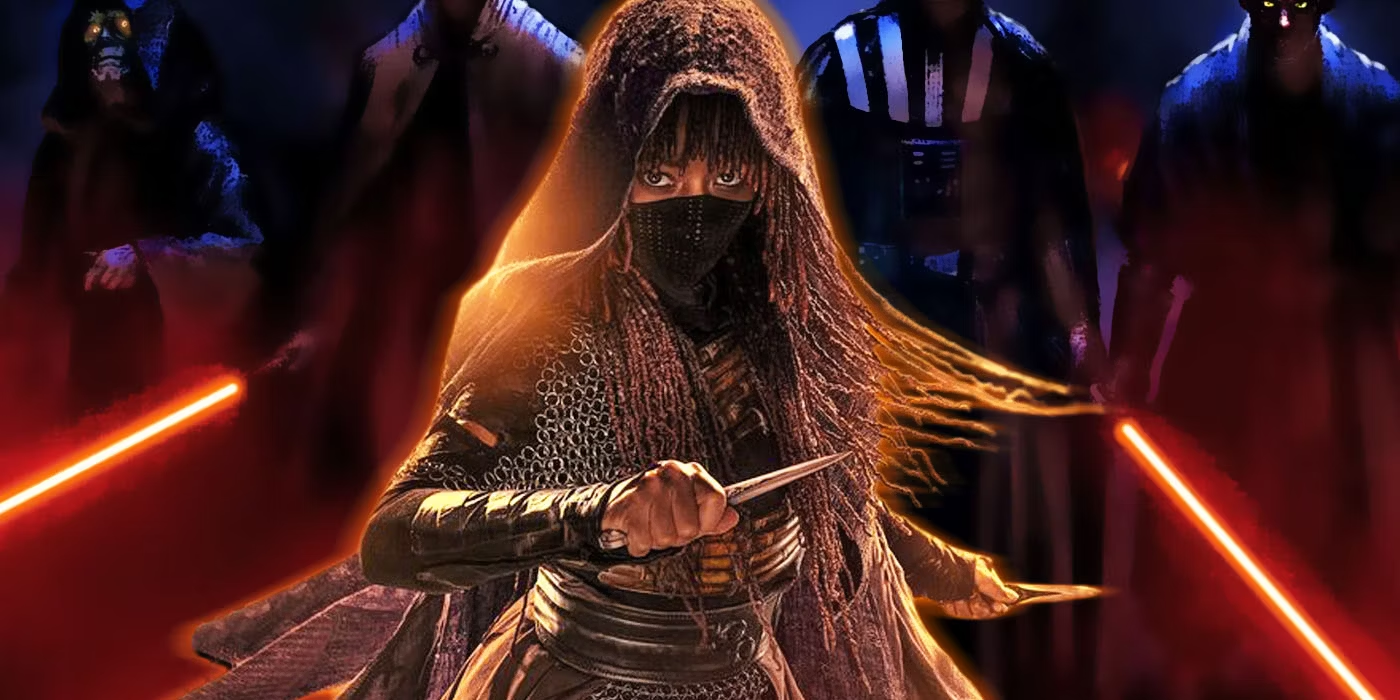
Beyond Jedi and Sith: A New Spiritual Paradigm
The witches of Brendok challenge the traditional narratives by presenting a belief system that is neither light nor dark but something more nuanced. Their understanding of the Force as the Thread emphasizes individual choice and responsibility over destiny and prophecy. This viewpoint offers a fresh take on what it means to be connected to the Force.
Implications for Future Star Wars Stories
This new interpretation opens the door for more diverse and inclusive storytelling within the Star Wars universe. It allows for the exploration of different cultures and belief systems, each with its unique relationship to the Force. This shift could lead to richer, more varied narratives that move beyond the classic Jedi vs. Sith conflict.
FAQs About the Force and New Interpretations
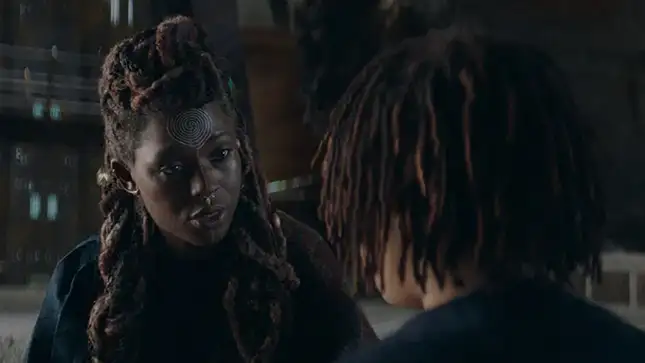
Q1: What is the Force in Star Wars?
A1: The Force is a mystical energy field that connects all living things in the Star Wars universe. It can be harnessed by certain individuals, known as Force-sensitive beings, to perform extraordinary feats.
Q2: How do the Jedi and Sith view the Force differently?
A2: The Jedi see the Force as a guide and protector, using it for peace and justice. The Sith, on the other hand, view the Force as a tool to gain power and control, often manipulating it for their own ends.
Q3: Who are the witches of Brendok?
A3: The witches of Brendok are a new group introduced in The Acolyte. They have a unique belief system centered around the Force, which they call the Thread. They see the Force as an interactive web that anyone can influence with the right knowledge and connection.
Q4: What is the significance of Osha and Mae’s birth?
A4: Osha and Mae’s birth is significant because it represents a new perspective on the Force. Unlike the Jedi’s prophecy or the Sith’s manipulation, their creation is seen as a natural miracle within the Brendok coven’s belief system.
Q5: How does this new perspective affect the Star Wars universe?
A5: This new perspective democratizes the Force, suggesting that anyone can influence it, not just the Jedi or Sith. It opens the door for more diverse storytelling and richer narratives within the Star Wars universe.
Conclusion: Embracing New Perspectives in Star Wars

Star Wars has always been a story of evolution and reinterpretation. From the original trilogy to the prequels, sequels, and now the expanded universe of series and novels, our understanding of the Force has grown and shifted. The Acolyte and the witches of Brendok offer a fresh and inclusive take on this mystical energy, challenging us to see beyond the binary of light and dark.
By embracing these new perspectives, Star Wars continues to be a rich and dynamic universe where new ideas can flourish. As fans, we get to explore these uncharted territories, discovering that the Force, much like the stories it inspires, is far more complex and beautiful than we ever imagined.


